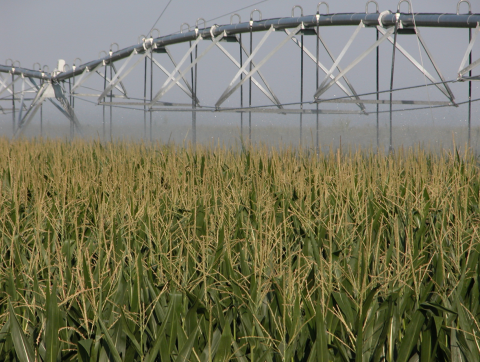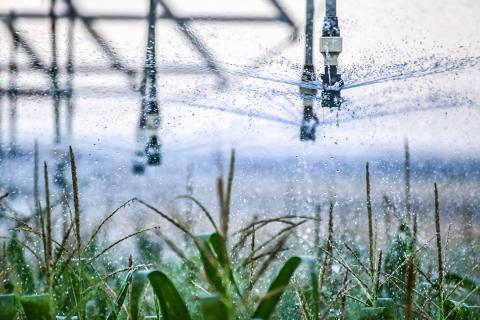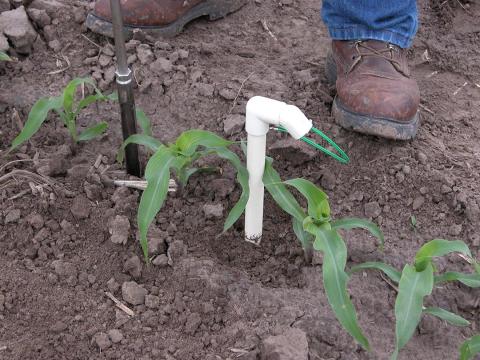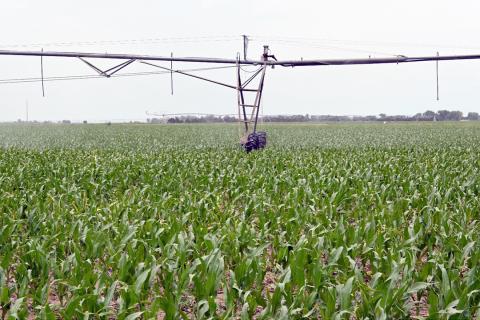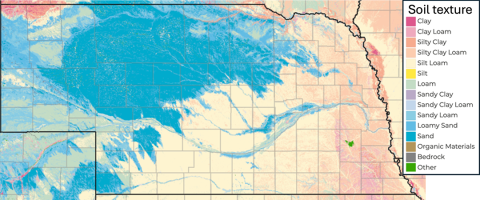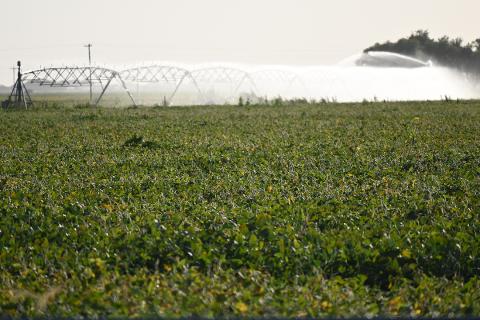Time to Consider Using the Remaining Stored Soil Water in Irrigated Corn and Bean Fields
August 7, 2024
The last few irrigations of the season require careful consideration. An unneeded irrigation can waste several inches of water and gallons of diesel fuel, and leaves little room in the soil profile to capture winter/spring rains.
Weekly Irrigation Newsletter: Using Soil Water Tension Sensors to Schedule Irrigation in East-central Nebraska
September 20, 2024
In the final update for this year, three Nebraska growers share comprehensive irrigation data from their study fields throughout the 2024 growing season.
The Drought of 2023 Impact on Irrigation and What We Can Learn from It
July 12, 2024
The amount and timing of irrigation applied in recent years may have very little to do with what's needed this year. Review the factors before making a decision.
Soil-Water-Plant Interaction Basics
June 12, 2024
As irrigation season approaches, producers may find it beneficial to review the basics on how soil, water and plants all work together to grow crops.
The Impact of Spring Rainfall on Available Soil Moisture
May 15, 2024
Assessing whether rainfall is sufficient to recharge soil moisture to adequate levels is not an easy task. This article covers key aspects of soil-water relations and how recent rainfall in Nebraska may affect available soil moisture for future irrigation decisions.
Optimize Those Last Few Irrigations
August 17, 2023
Leaving the field a little drier at the end of the season can help producers save irrigation costs, decrease leaching losses, improve soil conditions for harvest traffic, save water for future years and capture more off-season precipitation.
How to Determine the Chemigation Injection Pump Setting for a Center Pivot with the End Gun Off and On
June 18, 2024
The key to knowing the correct setting for a chemigation pump is to first determine how many acres per hour the pivot will cover at the desired irrigation application depth or rate.
Study Reviews Farmer Irrigation Scheduling Tendencies in Dry Years
June 8, 2023
Many producers in Nebraska will need to irrigate in June to refill the soil profile before high water demand begins in July, but there are numerous factors to consider when calculating the appropriate irrigation amounts.


